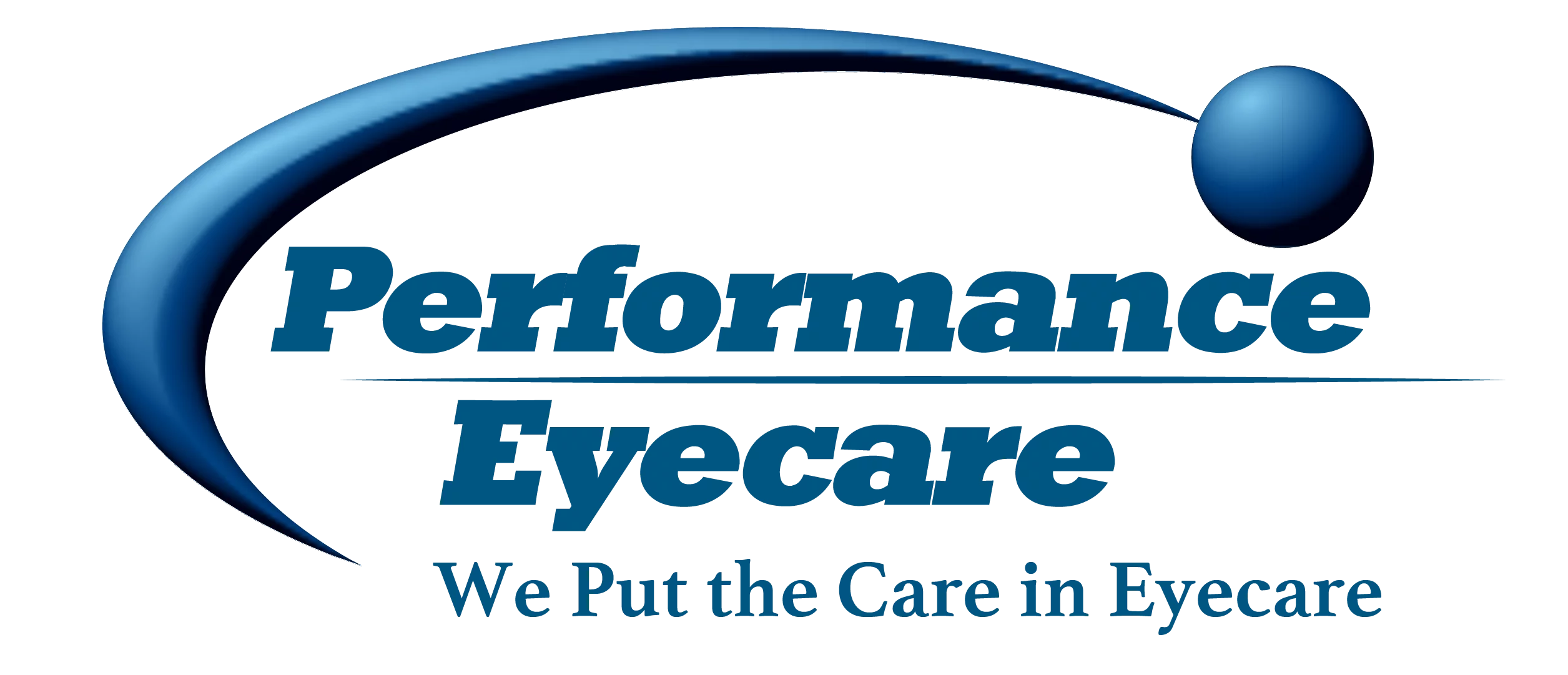Celebrating National Sunglasses Day 2023: Safeguarding Your Vision with UV Sunglasses
To celebrate National Sunglasses Day 2023, we’re shedding light on the importance of protecting our eyes from harmful ultraviolet (UV) rays. The Vision Council, a leading authority in the eyewear industry, has been instrumental in raising awareness about the significance of UV sunglasses. In this blog post, we delve into the history of National Sunglasses … Read more
